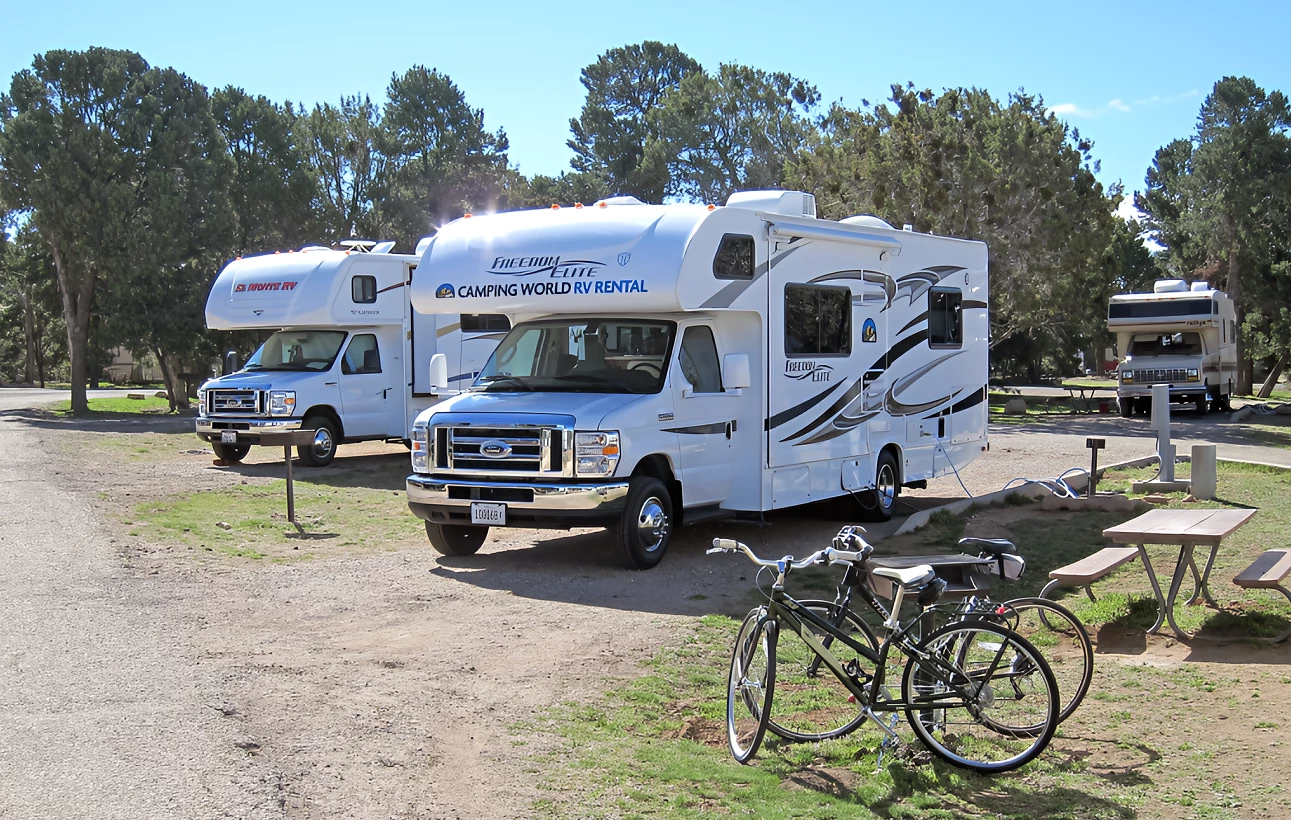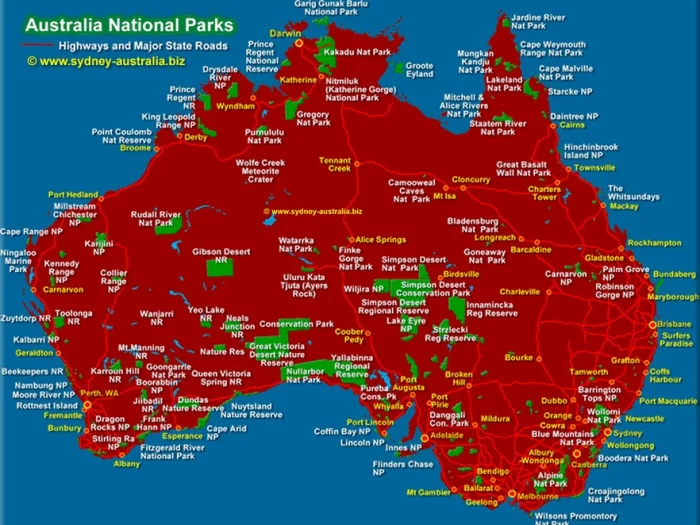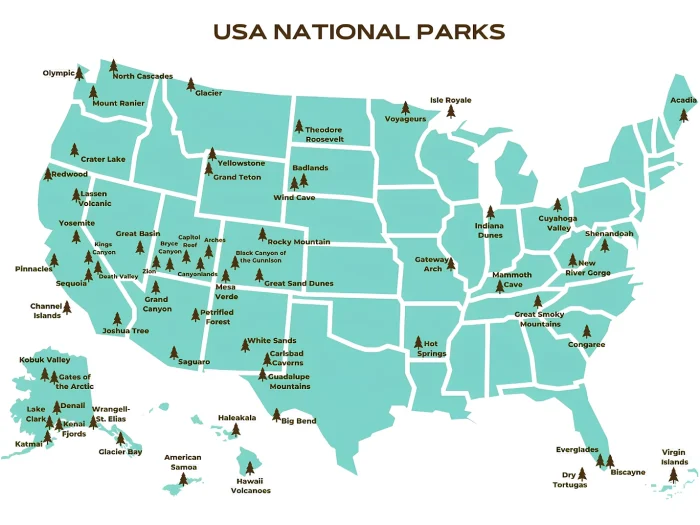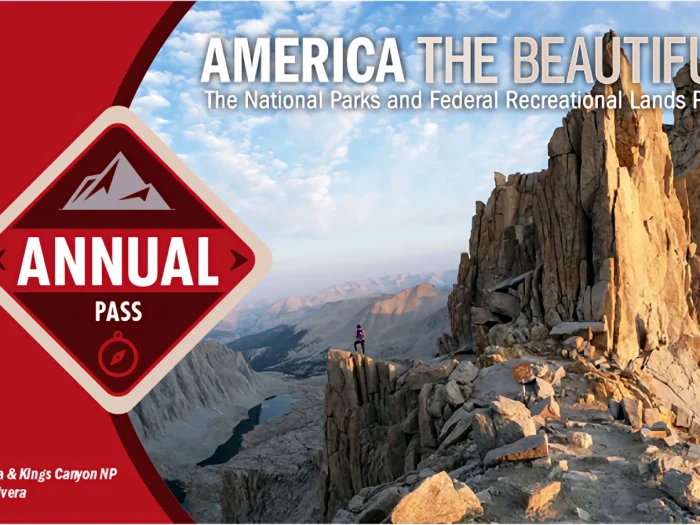Exploring National Parks by RV: A Complete Guide
Traveling by recreational vehicle (RV) offers a unique way to explore national parks, combining the thrill of outdoor adventure with the comforts of home. National parks across the country are perfect for RV travelers, offering scenic drives, campgrounds, and countless natural wonders. However, before embarking on a road trip to these beautiful landscapes, securing proper insurance for your RV is essential to ensure peace of mind and safety.
Why Travel by RV?
RV travel allows you to experience the breathtaking beauty of national parks up close, with the flexibility to move at your own pace. With your own kitchen, bathroom, and sleeping quarters on board, you can travel for days or even weeks without needing a hotel. From the towering cliffs of Zion to the serene waters of Yellowstone’s lakes, RV travel offers an ideal balance of comfort and adventure.
Planning Your RV Trip to National Parks
Exploring national parks by RV does take some preparation. Many parks have RV-friendly campgrounds, but they often require reservations, especially during peak seasons. It’s essential to research each park’s regulations, as some parks have size limits for RVs or specific areas where RVs are allowed to camp. Planning your route ahead of time, including refueling and grocery stops, will help ensure a smooth journey.
Essential Tips for National Park RV Travelers
- Secure Insurance for Your RV
Having insurance for your RV is crucial for a safe trip, especially when exploring remote areas. Proper insurance covers potential accidents, breakdowns, and even theft, providing financial protection and assistance when needed. Roadside assistance is also a great addition for national park travel, where towing services may be limited. - Check Park Guidelines and Road Conditions
Every national park has unique guidelines for RVs. Some parks may have narrow or winding roads that are challenging for larger vehicles, while others may have designated RV routes. Make sure to check the official park website for road conditions, especially during seasons with unpredictable weather. - Pack for the Outdoors
Exploring national parks often means hiking, fishing, or wildlife watching. Pack accordingly with essentials like hiking gear, warm clothing, and outdoor cooking supplies. Additionally, consider solar panels or a generator to keep your RV powered, especially if you plan to camp in remote locations.
Top National Parks for RV Travel
While nearly every national park offers unique experiences, a few are especially well-suited for RV travelers:
- Yellowstone National Park – Known for its geysers and diverse wildlife, Yellowstone has numerous RV campgrounds and scenic routes.
- Great Smoky Mountains National Park – With its dense forests and beautiful mountain views, this park offers several campgrounds with RV facilities.
- Rocky Mountain National Park – Offering high-altitude scenery and stunning lakes, this park has plenty of spots perfect for RV travelers.
- Grand Canyon National Park – Mather Campground (South Rim) and Trailer Village are ideal for RVs, with Trailer Village offering full hookups. There’s also access to the Grand Canyon shuttle, making it easy to explore.
- Zion National Park – Watchman Campground near the South Entrance has RV sites with electric hookups, while South Campground is a scenic option near park shuttles and hiking trails.
Embrace the Journey
Exploring national parks by RV offers an unmatched sense of freedom and adventure. With some thoughtful preparation, including insurance and route planning, you can enjoy an unforgettable journey through America’s most scenic destinations. Remember to respect park regulations, practice Leave No Trace principles, and immerse yourself fully in the natural beauty around you.





